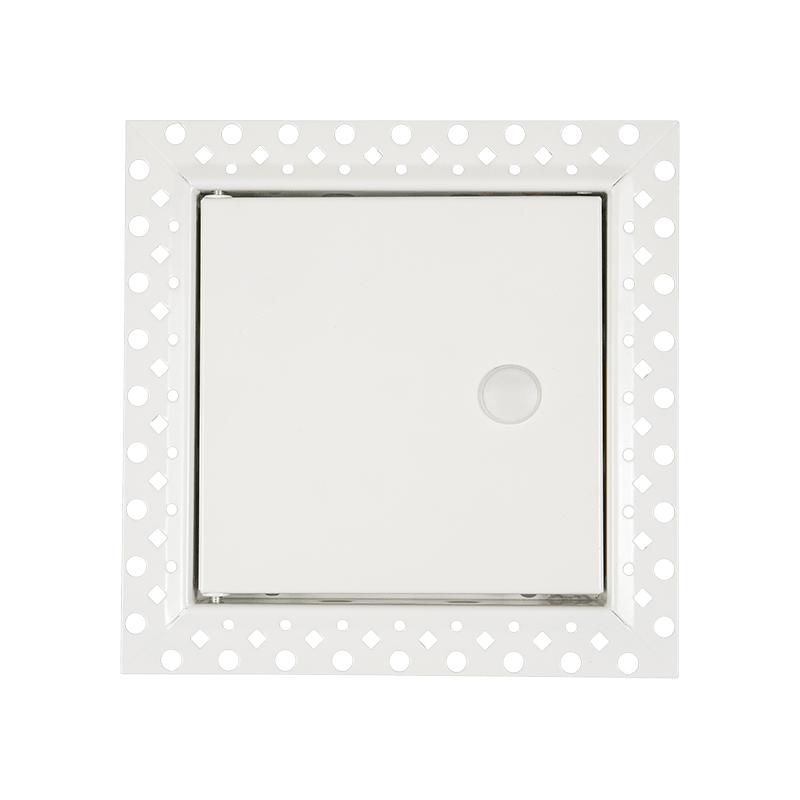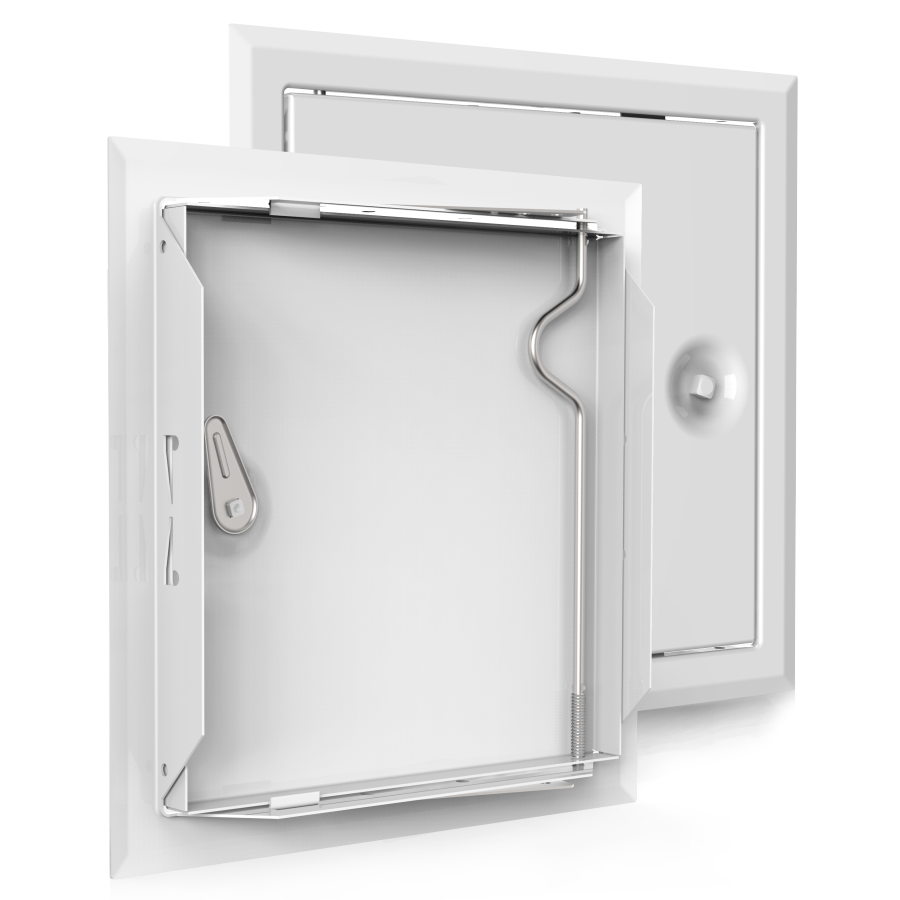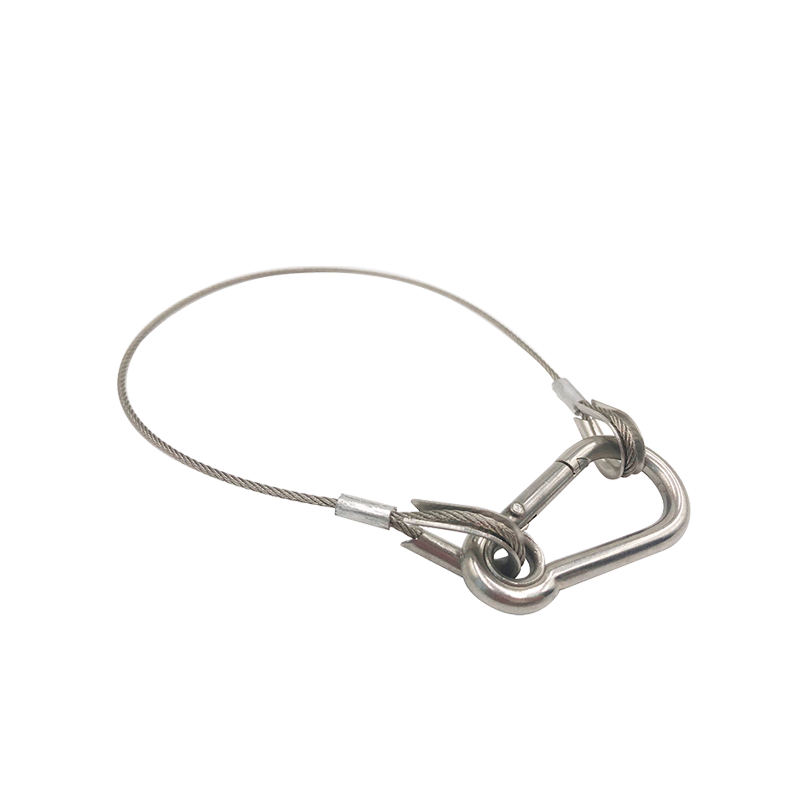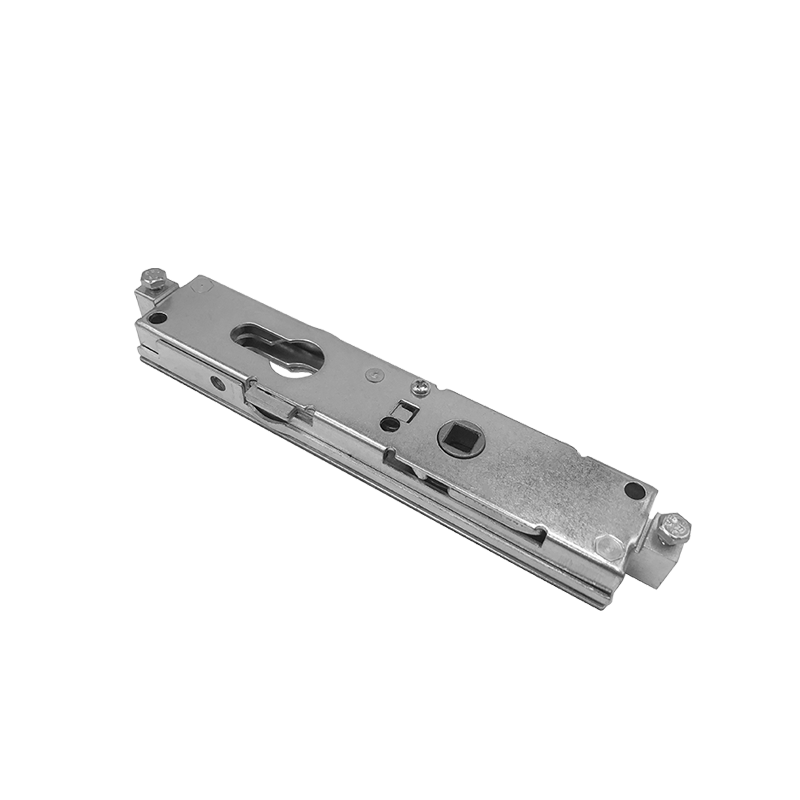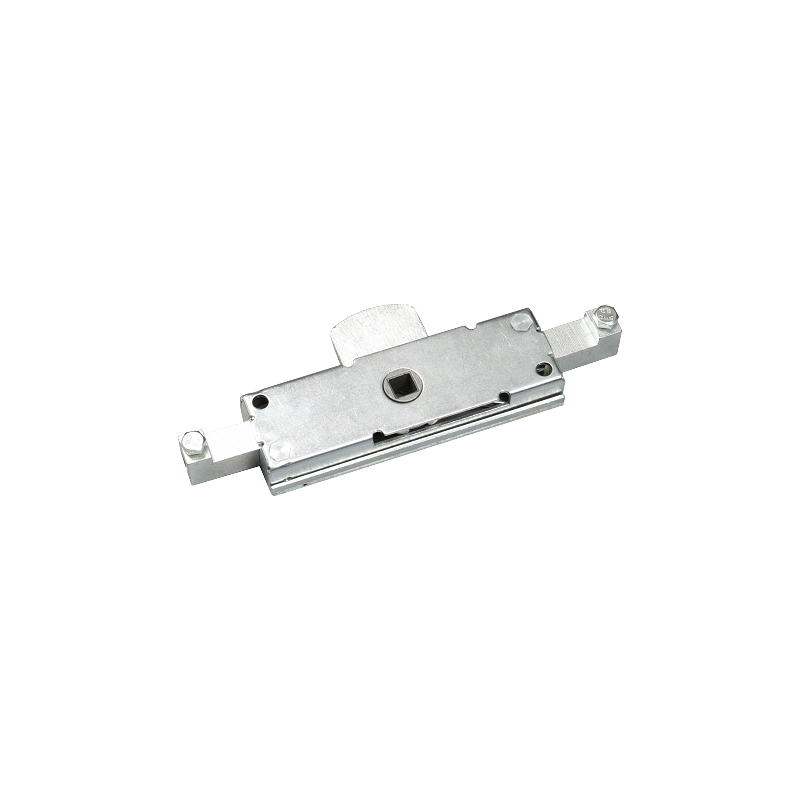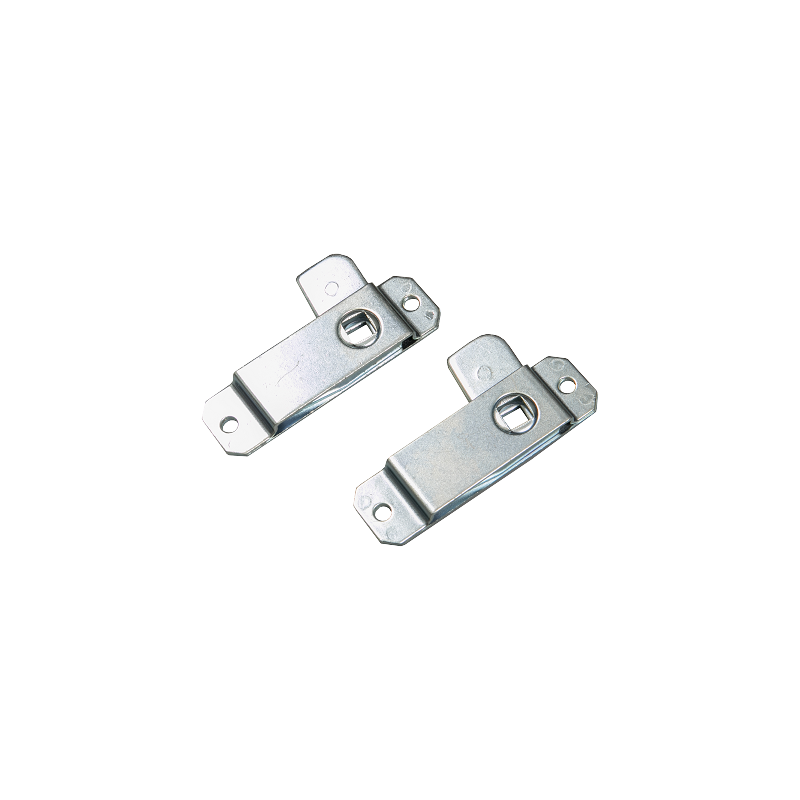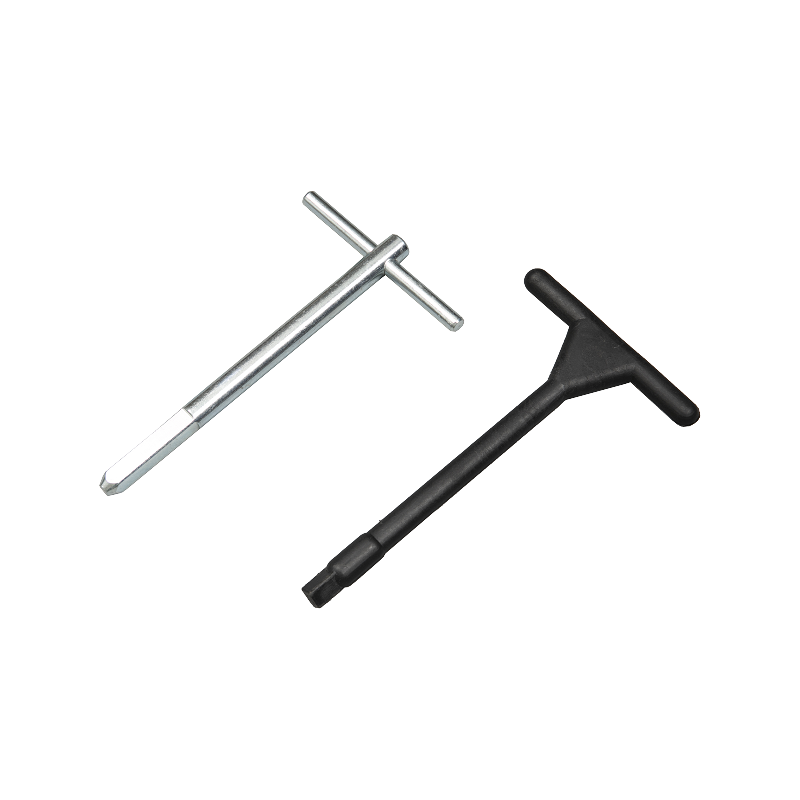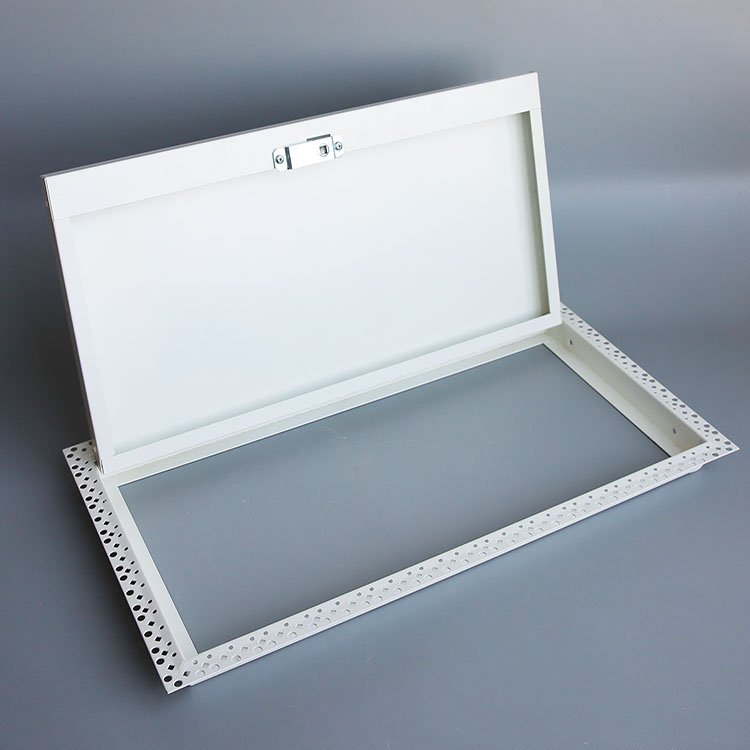Summary:The commercial construction industry depends on access doors and panels for a variety of reasons. Selecting the right one is essential to success, and......
The commercial construction industry depends on access doors and panels for a variety of reasons. Selecting the right one is essential to success, and the wrong one can compromise the safety of people and create contract issues. These access panels are used in most commercial projects, from condominiums to hotels. A good access panel must seal well and have an automatic latch release mechanism.
Access panels can be made from different materials, including plastic. Plastic access panels are lightweight and can be installed into walls or ceilings. Plastic access doors are also easy to replace. Another popular material for access panels is drywall. This is a budget-friendly solution that can be customized to fit the installer's needs. Drywall panels are usually flush with the wall, so they conceal wires and other unsightly fixtures.
An access panel is a great solution for areas that are difficult to access. These panels can be used to cover openings in ceilings, walls, or basements. They can even be incorporated into the design of a building. Since insulation is so important in a building, access panels can be a great way to improve the efficiency of your building. Using an access panel also means you don't have to waste space on drywall or insulation accessories.
Access panels are designed to withstand fire. Open holes in walls can allow a fire to move around a building, delaying the activation of the fire alarm. The fire resistance of access panels will depend on the type of structure. Some will resist fire, while others will provide a higher level of fire resistance.
Access panels are available in standard sizes for interior and exterior applications. You can also order custom-sized panels for specific applications. Installing an access panel is simple and straightforward. They are generally secured with #6 bugle-head screws. If you have a rough opening at the perimeter, you should use a tape joint to secure them to the wall.
An access panel can be fitted with a range of surface finishes to suit your decor. For example, you can use wallpaper to cover the access panel's door leaf. It's also possible to apply a wood veneer wall treatment to the panels. This will help them blend in better with the surrounding environment. In addition, the panels are also highly durable and will last for many years.
Decorative access panels are a great solution for plumbing and electrical panels that are unsightly. A decorative panel will conceal these areas while still providing access to wiring and ventilation. Many of these access panels are also available in different designs, and they come with a solid steel back and concealment louver insert for easy ventilation. In addition to being decorative, the panels are made from 14 gauge steel and finished with a durable baked powder-coat finish. Many of these access panels are made in the USA, making them a great choice.
A plumbing access panel is a great way to give maintenance personnel easy access to plumbing parts. It can also be a great way to save homeowners money by reducing the cost of plumbing repairs. An access panel can also be useful when remodeling a utility room into a living area. It can also make access to pipes and drains easier.
As with most other door types, access panels come in a variety of sizes and materials. The most common materials used in commercial applications are steel and aluminum. Vinyl and plastic panels are more common in residential applications. Access panels are available in custom designs and can be pre-finished or painted to match the decor. Some access panels even have decorative molded panels.
Access panels can be installed in various ways, but most commonly require a hole in the drywall. To ensure that the panel fits securely, the hole should be sized slightly larger than the panel's frame. For best results, use a drywall saw to cut the panel frame slightly outside of the traced line.


 English
English 简体中文
简体中文
